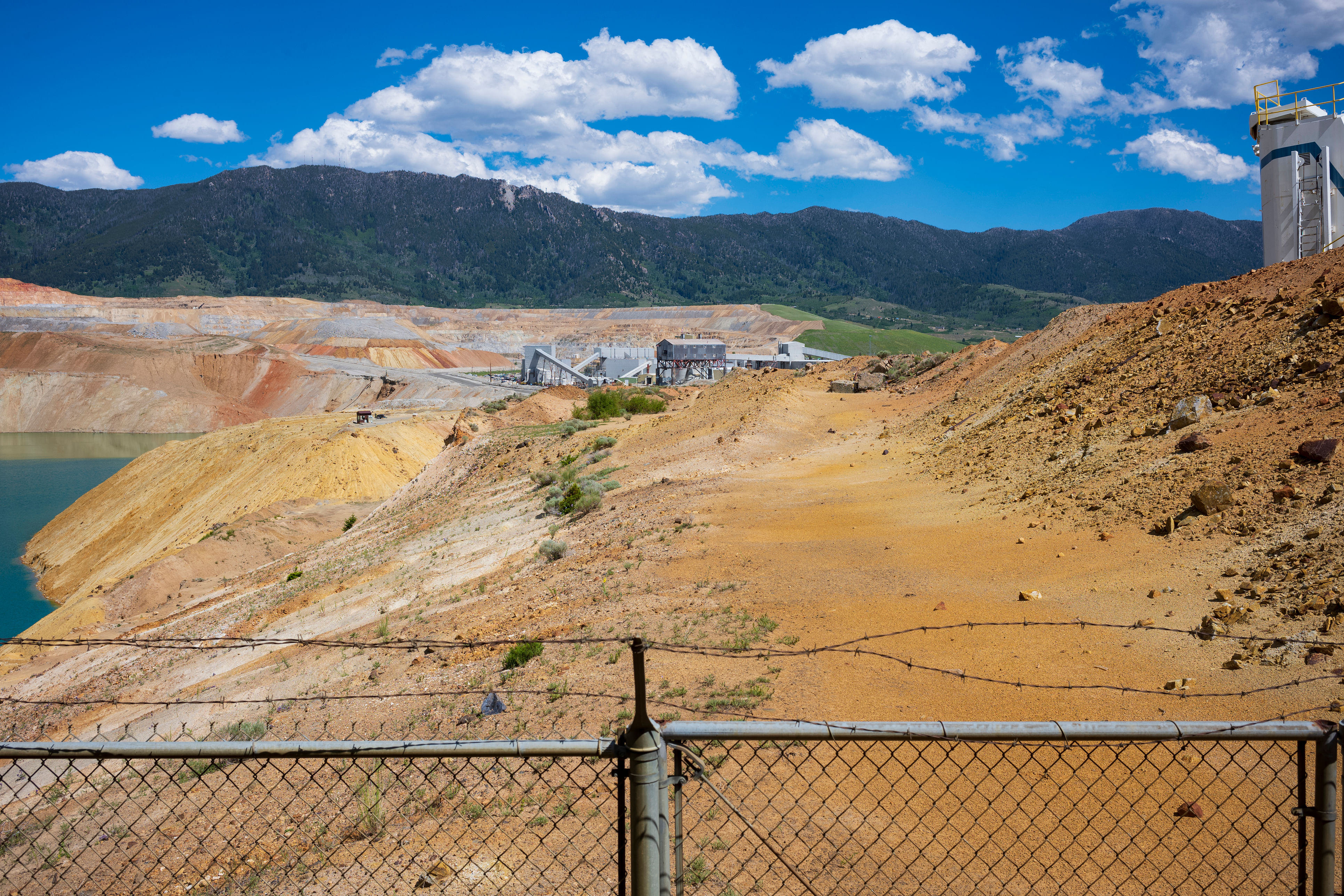By: Jennifer F. Novak
So, What’s It Mean to Be A Superfund Site?
As we noted last week, the United States Environmental Protection Agency (EPA) recently issued a report finding that the former Exide Technologies site may qualify as a Superfund site. In our work, we often find that while people have heard the term “Superfund,” there’s confusion about what it means. This blog looks at what Superfund is…and what it isn’t.
Being designated as a federal Superfund site means that a location has been identified by EPA as an especially contaminated and hazardous sites. This designation comes under federal law: the Comprehensive Environmental Response, Compensation, and Liability Act (CERCLA) of 1980. Here’s what it entails:
Priority for Cleanup:
Superfund sites are given priority for cleanup due to the severity of their contamination and potential risks to human health and the environment.
Federal Funding:
The Superfund designation allows EPA to use federal funds to clean up the site, which enables a faster cleanup than the delays that can occur when a private party or other governmental organization (which may not have sufficient resources) is asked to undertake the job. We often speak with people who assume that there is a fund available for the federal government to step in to take care of these sites. There is…kind of. CERCLA established the Superfund Trust Fund, which was originally financed through taxes on the chemical and petroleum industries. Those taxes expired in 1995 and the fund now relies primarily on general revenue appropriations from Congress.
How does EPA pay for its cleanups now? Ideally, the EPA seeks to have the parties responsible for the contamination pay for the cleanup. This is achieved through legal actions and settlements. However, in cases where the responsible parties cannot be identified, are insolvent, or are unable to pay, federal funds are used.
Investigation and Remediation:
EPA conducts detailed investigations to assess the extent of contamination and its potential impact. Based on this assessment, the agency develops and implements a remediation plan to clean up the site.
Legal Authority:
EPA has the authority to compel responsible parties, such as the companies or individuals who caused the contamination, to clean up the site or reimburse the government for EPA-led cleanups. This is where we see a disconnect, as many people do not realize that the EPA-led cleanup, while funded by EPA, is not intended to gift the cleanup. EPA will expect to re-coup its investment, as noted above. Moreover, we often see EPA-led cleanups cost substantially more than a private party could undertake on its own. If a responsible party has resources to perform its own investigation and remediation, this is often the most cost-effective route.
Long-Term Monitoring:
After the initial cleanup, EPA continues to monitor the site to ensure that its cleanup was effective and that the site remains safe for future use.
Community Involvement:
EPA involves local communities in the cleanup process, through public meetings, updates, and opportunities for input on cleanup plans.
Overall, when people think, “Superfund,” they correctly identify it as relating to pollution. They may not fully understand the process that these sites undergo and how complicated they can become legally when EPA exercises its authority to act, and then asserts its rights against those potentially responsible. That’s when the fighting begins.
